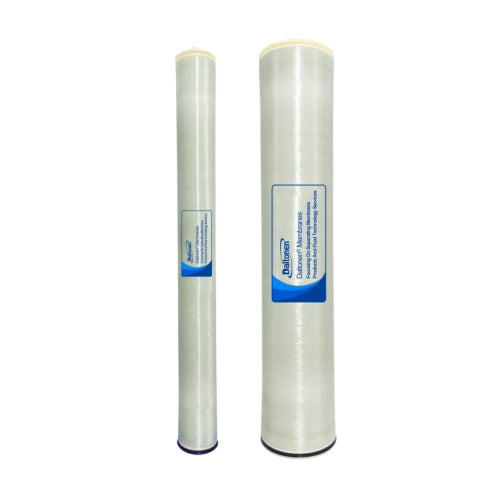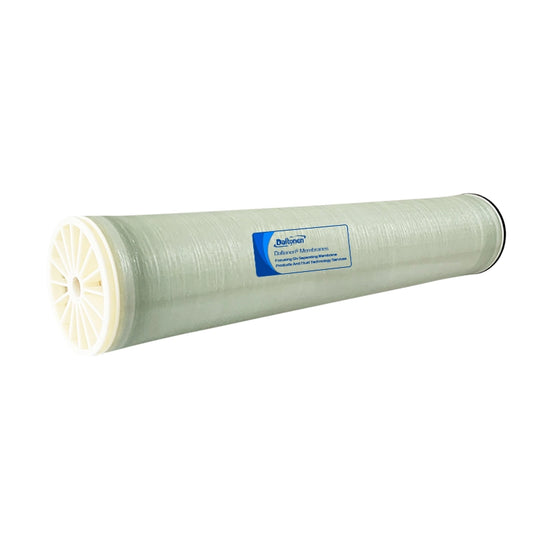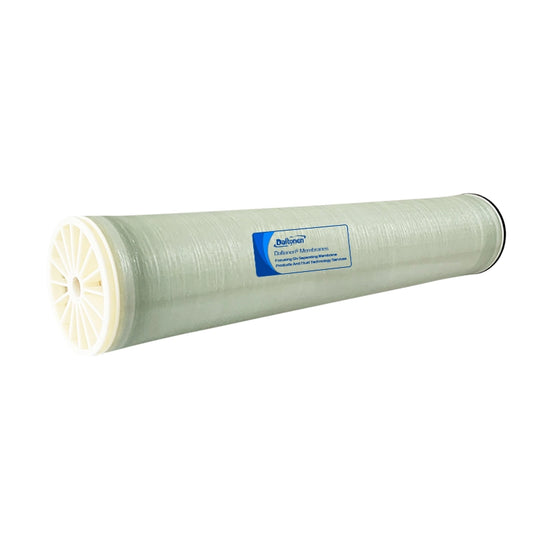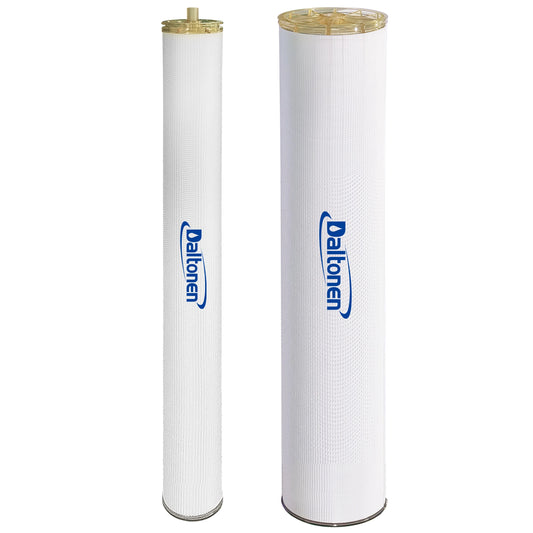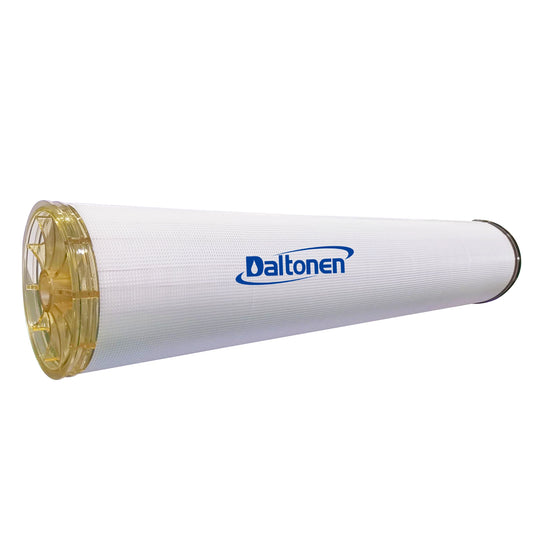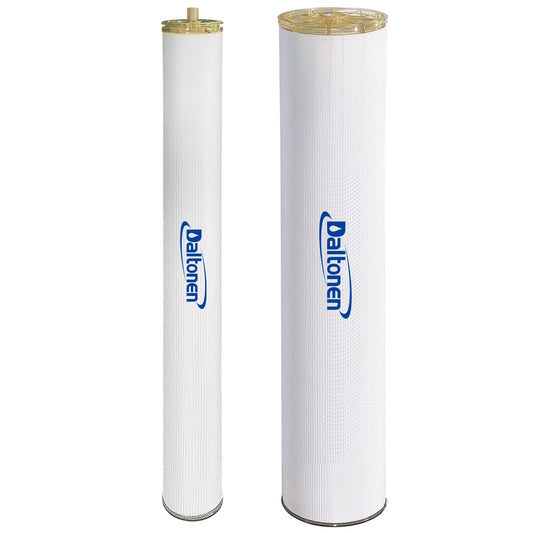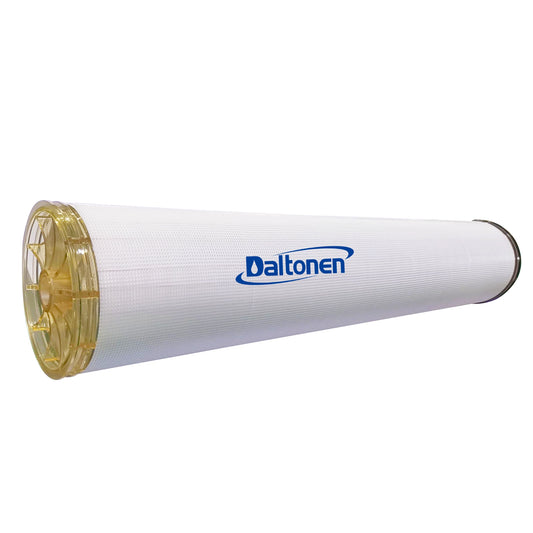The Core Logic of Using Nanofiltration Membranes for Lithium Extraction from Salt Lake Brine
The Core Logic of Using Nanofiltration Membranes for Lithium Extraction from Salt Lake Brine
The biggest technical challenge in lithium extraction from salt lake brine is "magnesium-lithium separation". Magnesium and lithium belong to the same main group of alkali metals, have similar chemical properties, and exist in aqueous solution as cations (Mg²⁺, Li⁺). Traditional chemical precipitation methods for separating them are extremely costly and inefficient.
The core advantage of nanofiltration membranes lies in the synergistic effect of pore size screeningand the Donnan effect, enabling the selective separationof ions with different valences and hydrated radii. This is precisely the key to solving the magnesium-lithium separation challenge.
Technical Principle: How Nanofiltration Membranes Achieve Magnesium-Lithium Separation
The separation mechanism of nanofiltration membranes is not simple "filtration" but is based on the following physicochemical processes:
-
Pore Size Screening Effect:
-
The pore size of nanofiltration membranes is typically between 1-2 nanometers, intermediate between reverse osmosis and ultrafiltration membranes.
-
Although there is a difference in the hydrated ionic radii of Li⁺ and Mg²⁺ (hydrated Mg²⁺ > hydrated Li⁺), size screening alone is insufficient for efficient separation. However, the pore size provides the foundation for the subsequent charge interaction.
-
-
Donnan Effect: This is the most critical mechanismfor achieving magnesium-lithium separation.
-
The surface of nanofiltration membranes usually carries a slight negative charge. When a solution containing ions flows over the membrane surface under pressure, the membrane repels the similarly positively charged ions.
-
The strength of this repulsion is closely related to the valenceof the ions. The divalent Mg²⁺carries twice the positive charge of the monovalent Li⁺, and therefore experiences a much stronger electrostatic repulsion from the membrane than Li⁺.
-
The result is: Mg²⁺ is largely prevented from passing through the membrane to the permeate side and is retained in the concentrate stream; meanwhile, Li⁺, experiencing less repulsion, has a higher probability of passing through the membrane along with water molecules into the permeate stream.
-
Simply put: The nanofiltration membrane acts like an "electrostatic sieve," utilizing the difference in valence between magnesium and lithium ions to strongly block the higher-valent magnesium ions while allowing the lower-valent lithium ions to pass through relatively easily, thereby achieving effective magnesium-lithium separation.
The entire process can be visualized as follows: Brine flows under pressure over the nanofiltration membrane surface. Due to charge repulsion, divalent magnesium ions are strongly blocked, while monovalent lithium ions have a chance to pass through with water molecules. Thus, on the feed side (concentrate), the magnesium ion concentration increases, and on the permeate side, a lithium-enriched solution is obtained.
flowchart TD
A[Raw Salt Lake Brine<br>High Mg²⁺/Li⁺ Ratio] --> B[Pretreatment<br>Remove Ca, Mg, Suspended Solids, etc.]
B --> C{Nanofiltration Membrane Separation}
C -- Mg²⁺ strongly repelled by charge<br>Efficiently retained --> D[Concentrate<br>Rich in Magnesium]
C -- Li⁺ weaker charge<br>Partially passes with water --> E[Permeate<br>Lithium-enriched Solution]
E --> F[Subsequent Purification<br>Concentration/Precipitation to Lithium Product]Process Flow and Technical Challenges
A typical process flow for lithium extraction from salt lake brine using nanofiltration is as follows:
1. Pretreatment:
Brine has a complex composition, containing Ca²⁺, SO₄²⁻, etc., which can easily cause scaling on the membrane surface. Therefore, pretreatment is essential, such as:
-
Removing Calcium and Magnesium: Adding agents like sodium carbonate to form precipitates like calcium carbonate and magnesium hydroxide.
-
Purification: Removing suspended solids and colloids through precision filtration to ensure feed water meets nanofiltration membrane requirements.
2. Nanofiltration Separation Unit:
The pretreated brine is pumped into the nanofiltration system. Here, the core magnesium-lithium separation occurs:
-
Concentrate: A solution rich in Mg²⁺, discharged from the system or further treated.
-
Permeate: A "lithium-enriched solution" with a significantly reducedMg²⁺/Li⁺ ratio, creating excellent conditions for subsequent lithium extraction.
3. Subsequent Refining:
The lithium-enriched solution is then further processed by reverse osmosis concentration, evaporative crystallization, or ion exchange adsorption, etc., to ultimately obtain lithium products like lithium carbonate.
Technical Advantages and Challenges
Advantages:
-
High Selectivity: Capable of efficiently separating magnesium and lithium, solving the core problem.
-
Room Temperature Operation: Energy consumption is much lower than thermal evaporation methods, suitable for plateau regions.
-
Environmentally Friendly: No large amounts of chemical additives, less waste, green and sustainable.
-
Simple Process Flow: Easy to operate continuously and automate.
Challenges and Limitations:
-
Membrane Fouling and Scaling: The high salinity and complex composition of brine place extremely high demands on the membrane's antifouling properties and chemical durability.
-
Membrane Performance: Requires specialized nanofiltration membranes with high selectivity, high flux, and high stability. Ordinary water treatment nanofiltration membranes are difficult to handle this task.
-
Cost: Specialized nanofiltration membranes are costly and require frequent chemical cleaning and maintenance.
-
Application Boundaries: More suitable for brines with high Mg²⁺/Li⁺ ratios (e.g., Zabuye Salt Lake in Tibet). Economic viability may decrease for brines with very low lithium content or low Mg²⁺/Li⁺ ratios.
Summary
Leveraging its unique charge-selective separation mechanism, nanofiltration membrane technology provides an efficient, green, and energy-savingtechnical pathway for extracting lithium resources from salt lake brines with complex compositions and high magnesium-lithium ratios. It has become one of the key unit technologies in modern salt lake lithium extraction processes, demonstrating significant application potential and value, especially for treating typical high Mg/Li ratio salt lake brines found in regions like the Qinghai-Tibet Plateau in China. With continuous advancements in membrane material technology (e.g., developing membranes with higher selectivity for monovalent ions), the importance of nanofiltration in this field will become even greater.
